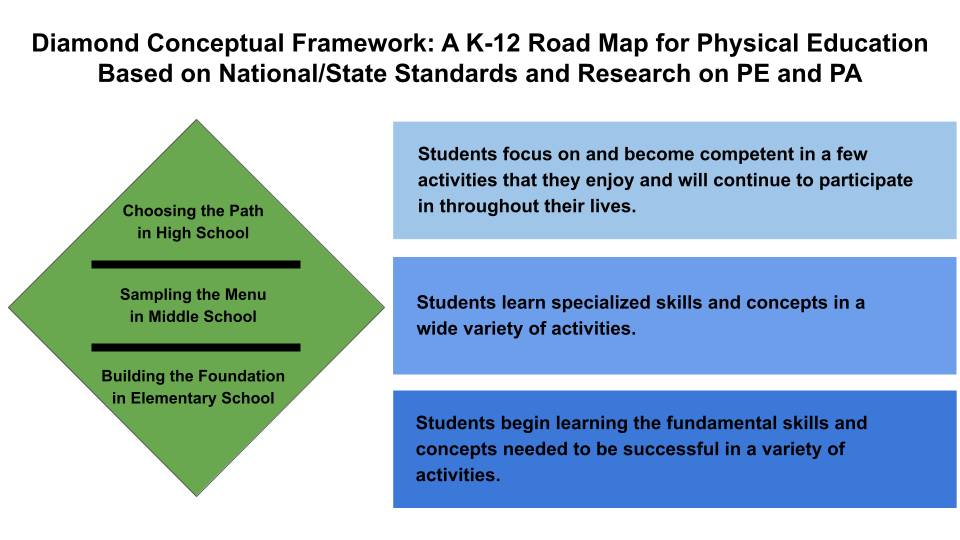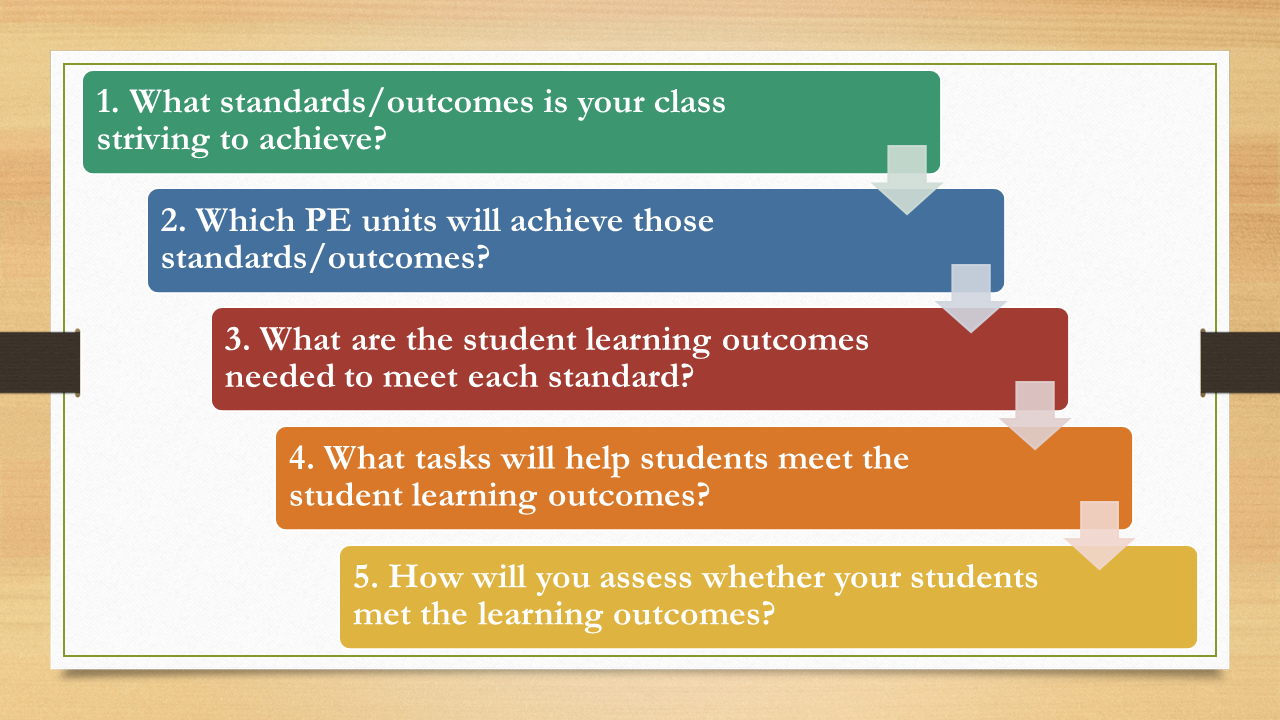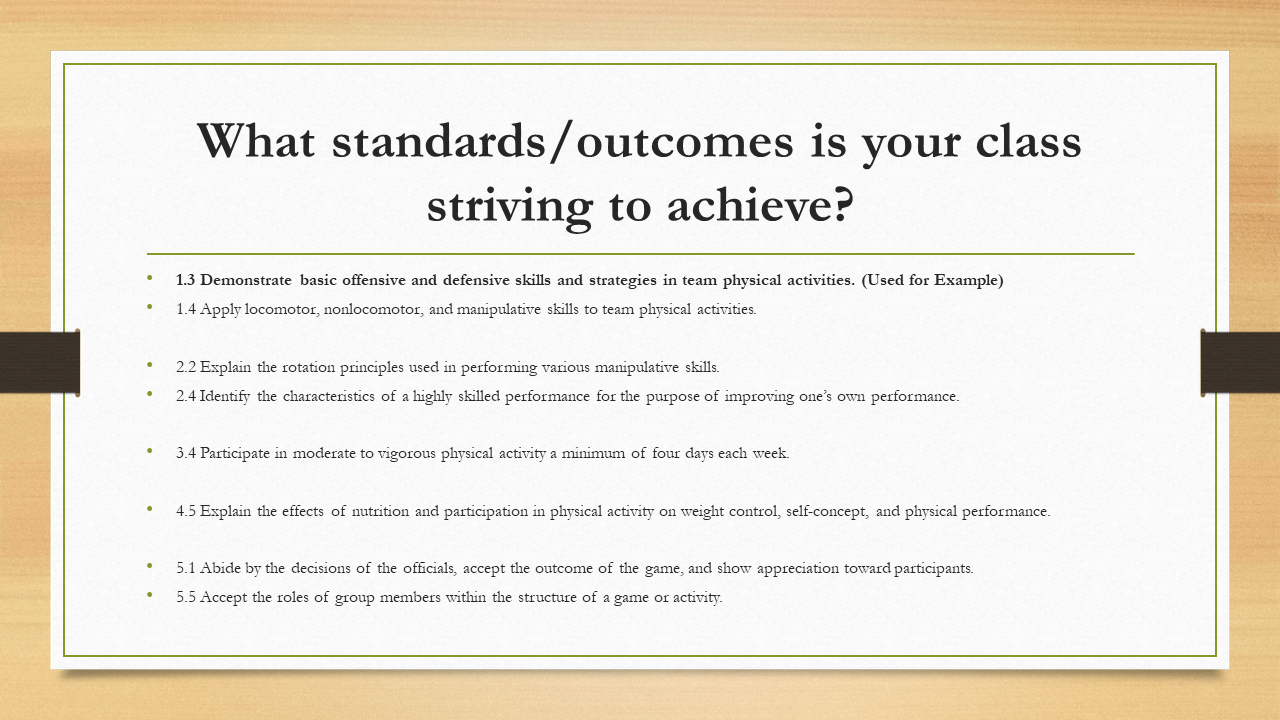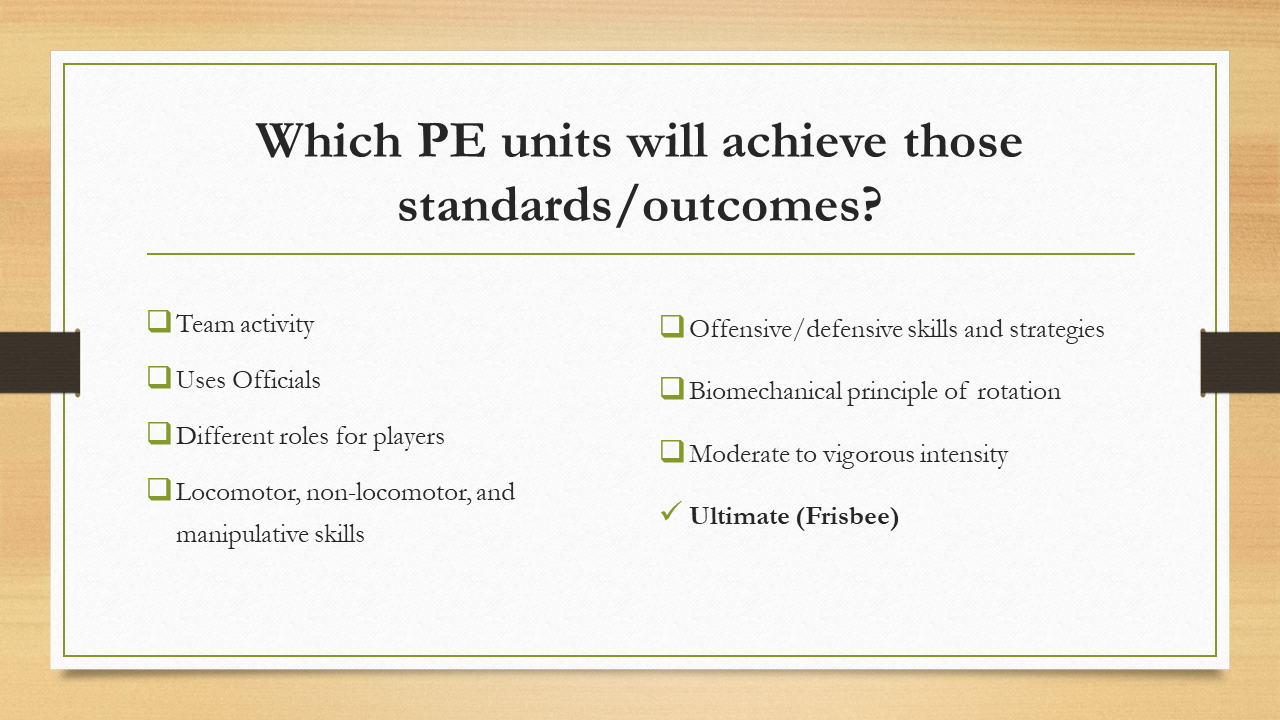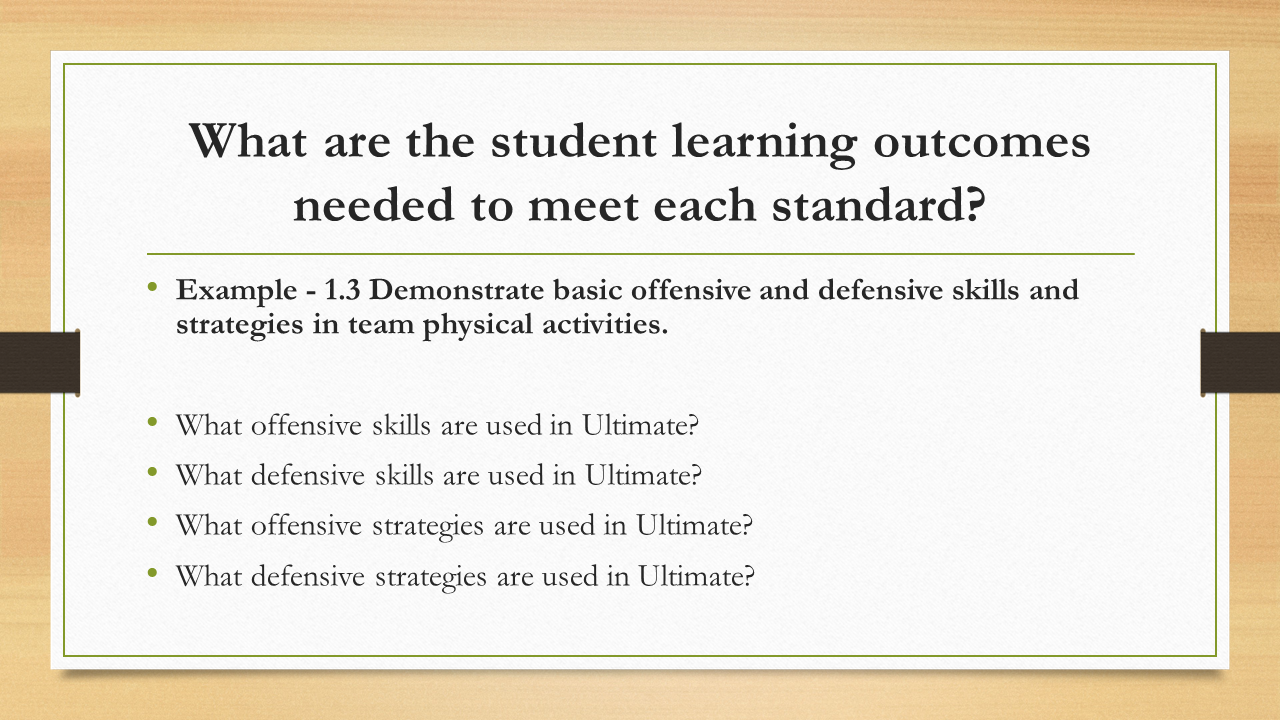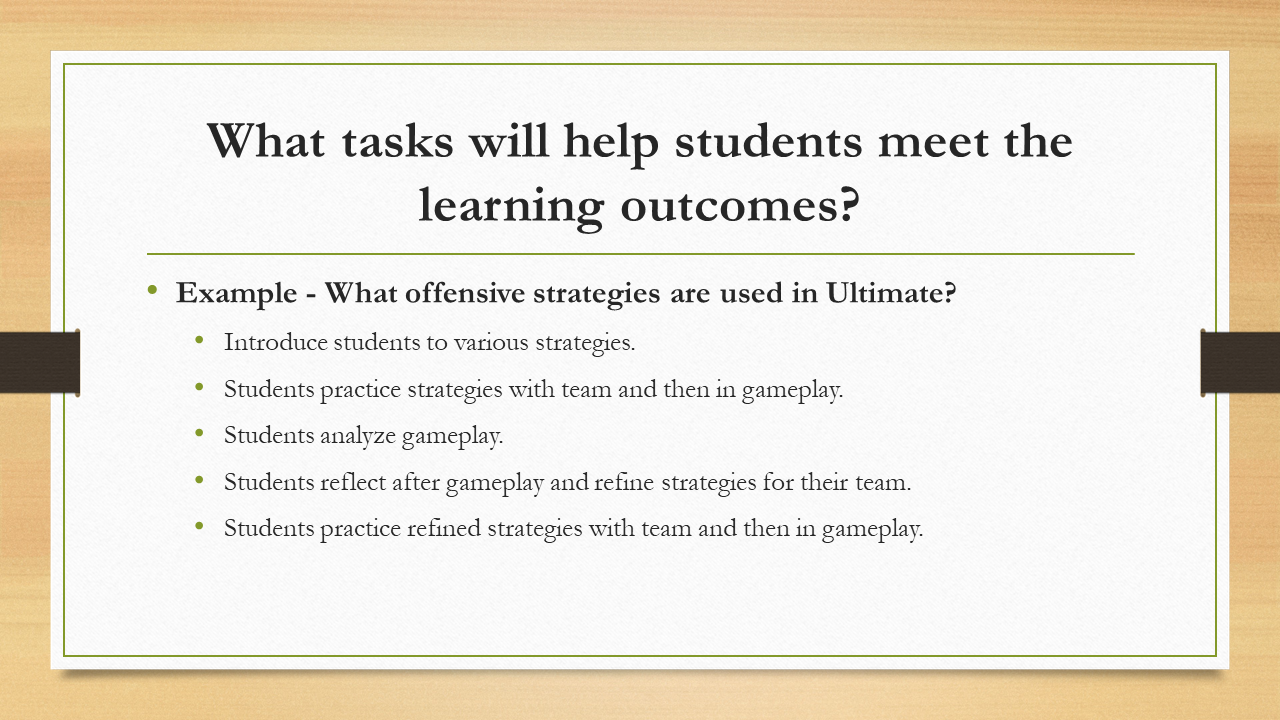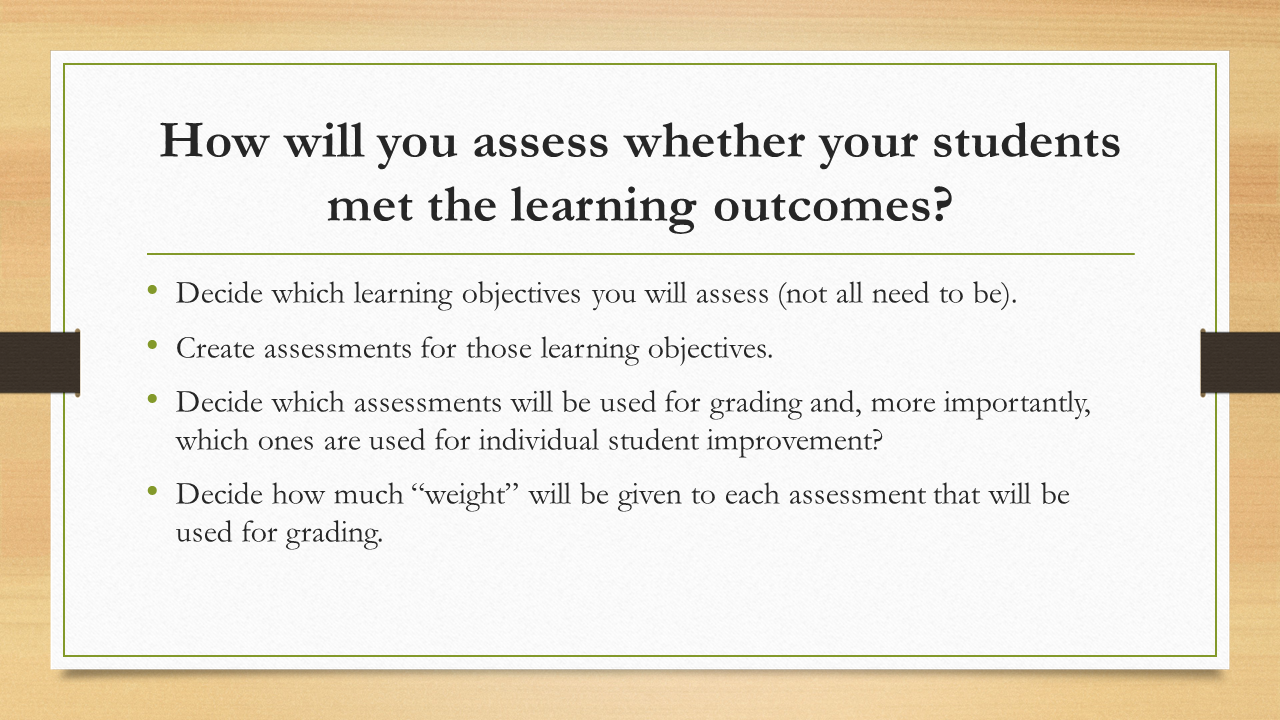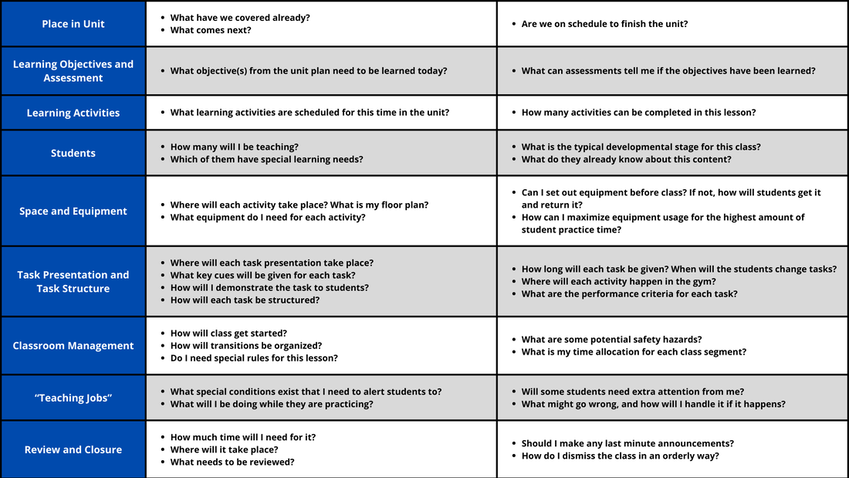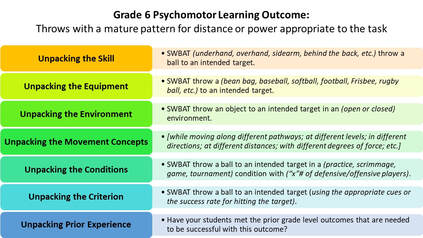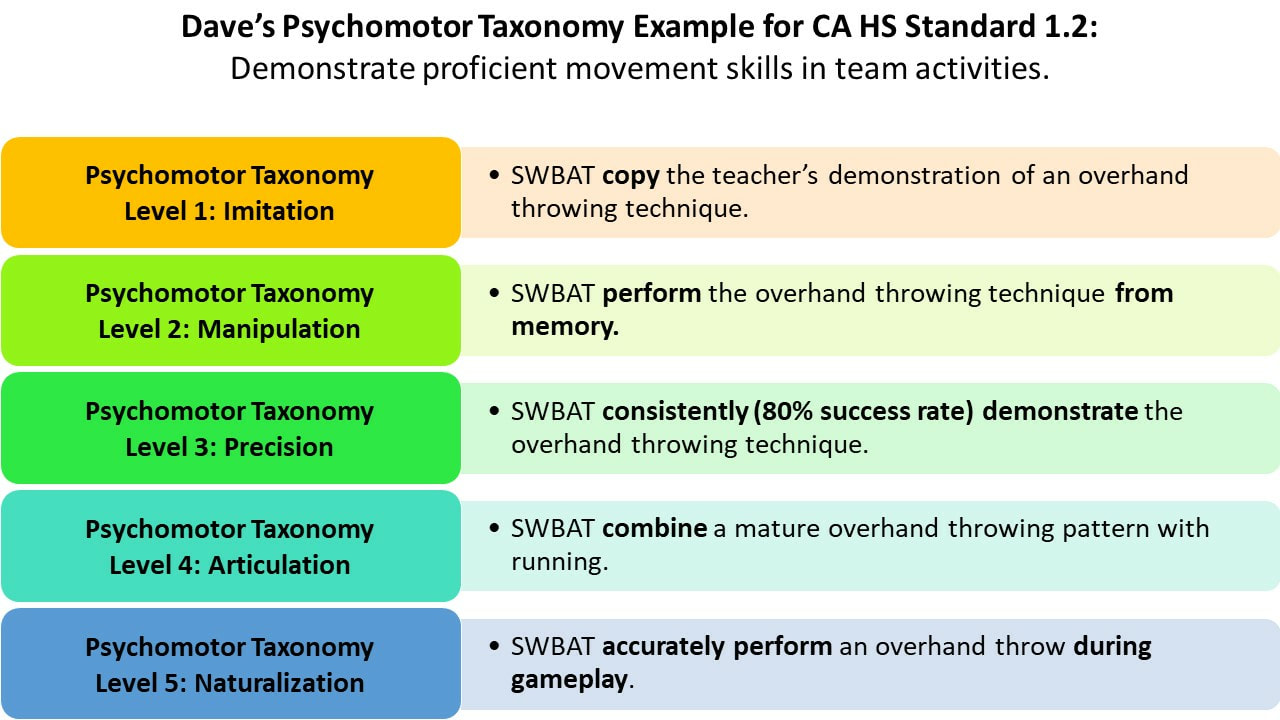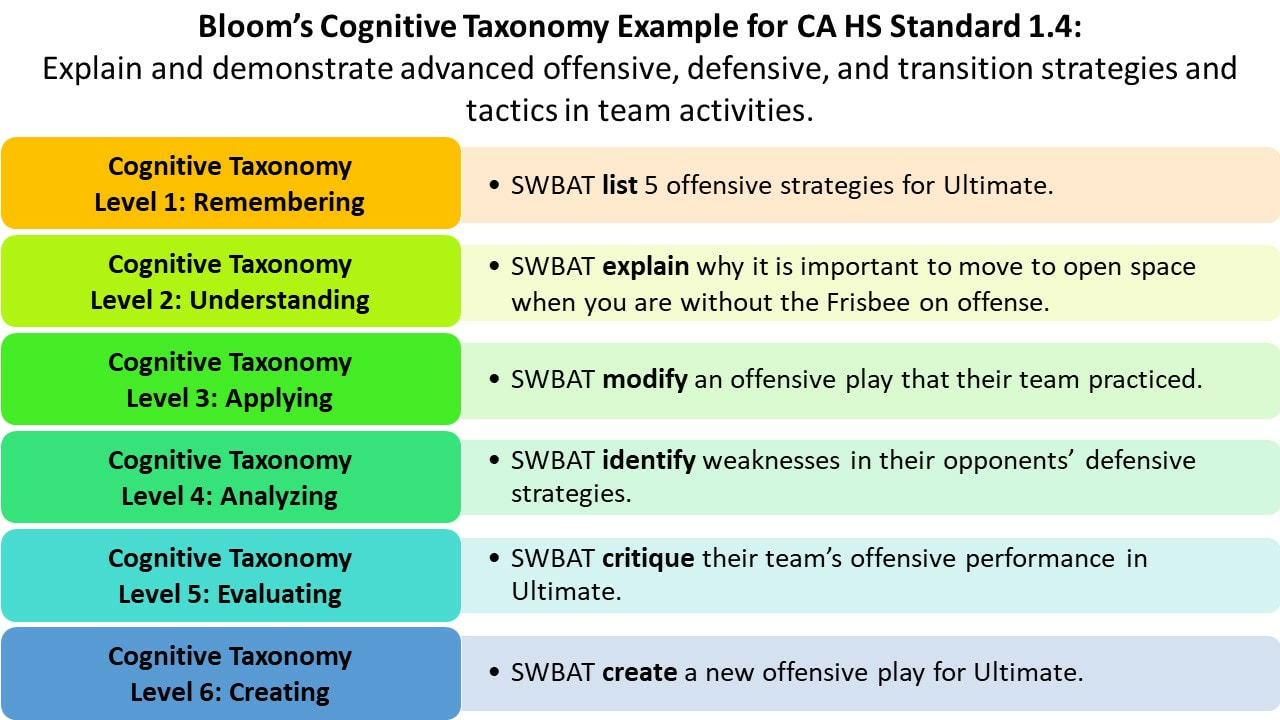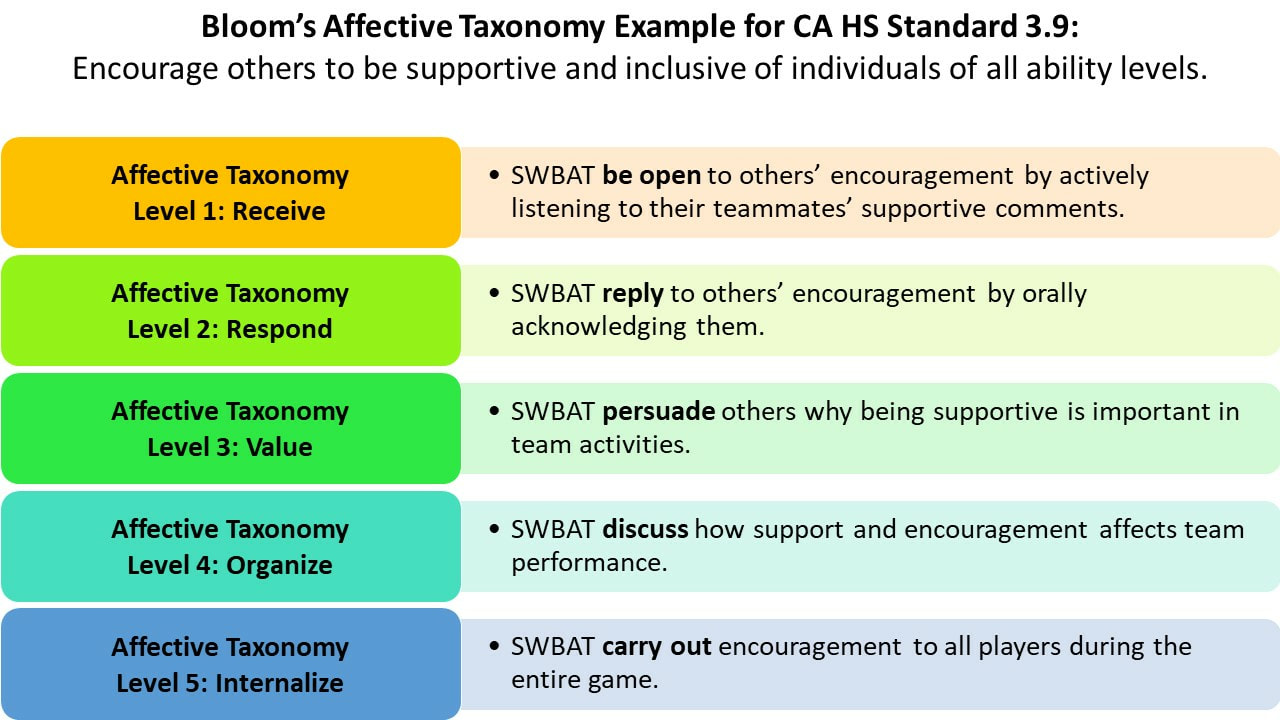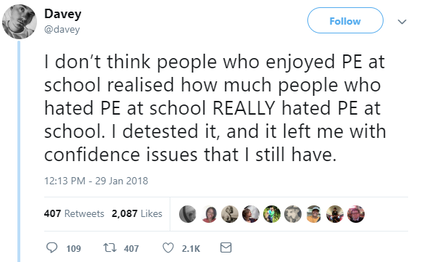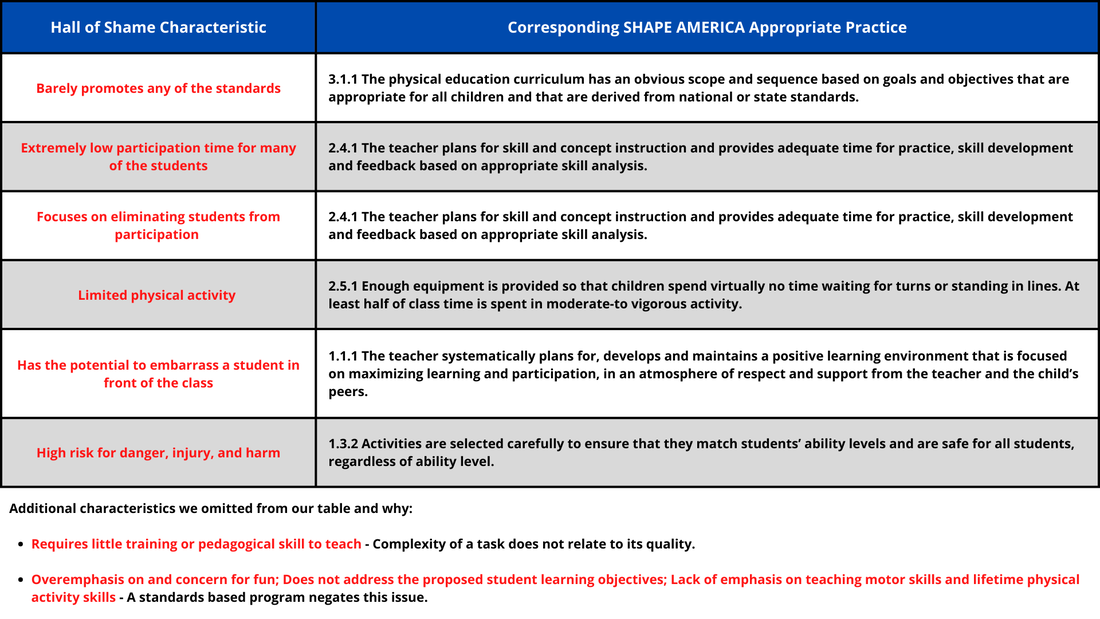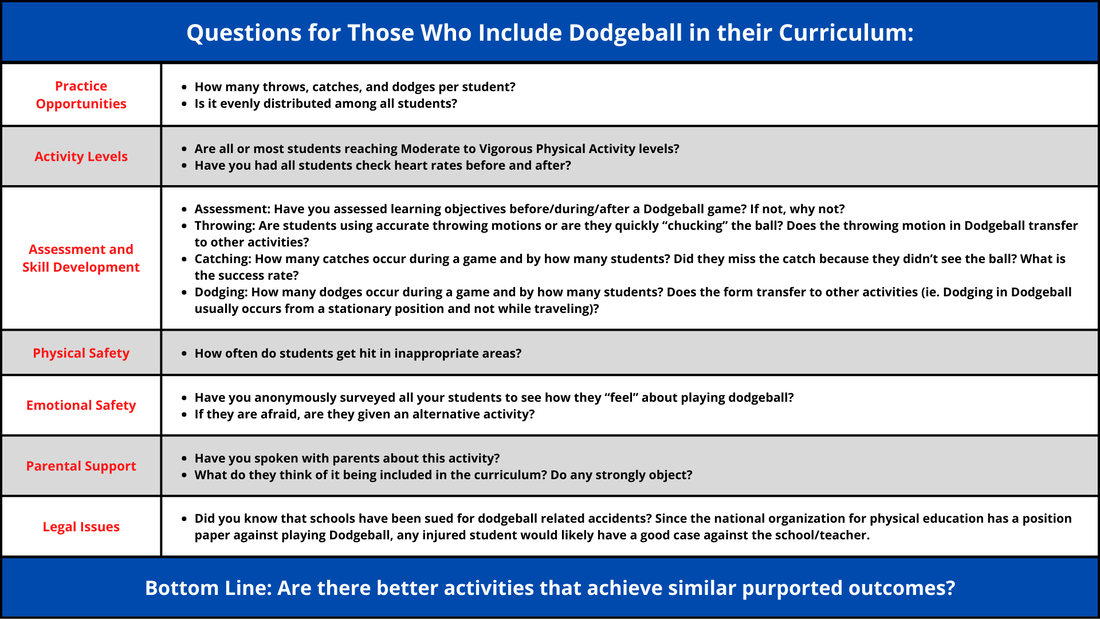Planning Physical Education Units
Changing the Culture of Games: "This 'culture of games' exists in our physical education history and will exist in our physical education futures unless we are prepared to acknowledge that it exists and take steps to create better physical education experiences for our students...."
K-12 ROAD MAP FOR PHYSICAL EDUCATION
The Diamond Conceptual Framework helps illustrate the progression of skills and concepts taught in physical education, which are guided by national and state standards and research on physical activity and physical education. While we believe this is a useful framework, we acknowledge that there are other philosophies that can also achieve quality physical education.
NATIONAL STANDARDS AND GRADE LEVEL OUTCOMES
SHAPE America Appropriate Practices
- 2.3.2 Stretching, if included in the lesson, occurs only after an appropriate general warmup activity and is appropriate and beneficial for maintaining and improving flexibility.
- 3.1.1 The physical education curriculum has an obvious scope and sequence, based on goals and objectives that are appropriate for all students and that are derived from national or state standards.
- 3.1.2 The physical educator includes motor skill development, physiological and biomechanical concepts, health-enhancing physical activities that lead to a physically active lifestyle, and opportunities to develop appropriate social behaviors.
- 3.1.3 Instruction follows a scope and sequence that is designed to scaffold prior learning and develop mature forms of skills and strategies.
- 3.1.4 Teachers design progressions that allow students to build on previously learned content and skills, by focusing on lifetime activities.
Additional Appropriate Practices:
- Revisit content throughout the year.
